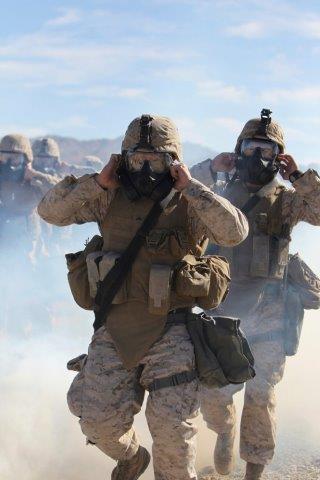FOR IMMEDIATE RELEASE
ACS News Service Weekly PressPac: September 30, 2015
A step toward clothing that guards against chemical warfare agents
"Nucleophilic Polymers and Gels in Hydrolytic Degradation of Chemical Warfare Agents"
ACS Applied Materials & Interfaces
Recent reports of chemical weapons attacks in the Middle East underscore the urgent need for new ways to guard against their toxic effects. Toward that end, scientists report in the journal ACS Applied Materials & Interfaces a new hydrogel coating that neutralizes both mustard gas and nerve agent VX. It could someday be applied to materials such as clothing and paint.
Toxic chemicals have been used as weapons since ancient times, but it wasn’t until World War I that they were released in large-scale attacks. Despite international efforts to ban them, chemical warfare agents (CWA) are still deployed. Scientists have developed some substances that can neutralize CWAs, but they lose their effectiveness when incorporated into practical coatings such as paint. Lev Bromberg, a research scientist in T. Alan Hatton’s group, and other colleagues wanted to come up with a better solution.
The researchers developed hydrogel materials that completely broke down the nerve gas VX — one of the most dangerous and persistent CWAs — in less than 20 minutes. The materials also quickly degraded mustard gas and soman, a nerve agent that was reportedly used in the 1980s during the Iran-Iraq war. And, the researchers say, the hydrogels could be applied to fabrics or other materials without losing their ability to neutralize CWAs.
The authors acknowledge funding from the Defense Threat Reduction Agency.


